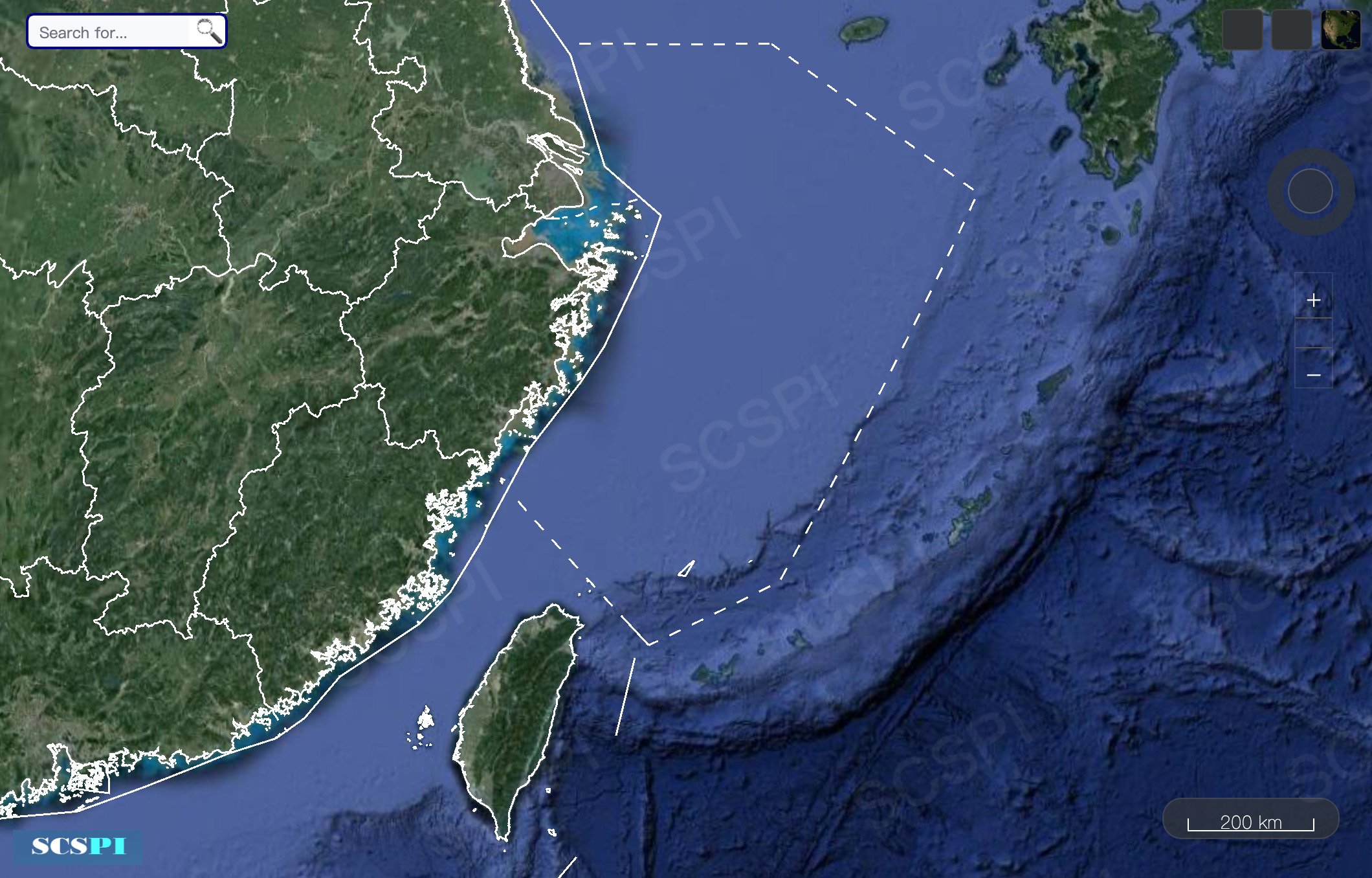——Reflection on the 7th anniversary of the East China Sea ADIZ: Does the former accusation still stand?
It is now seven years since the East China Sea Air Defense Identification Zone (ADIZ) was established on November 23, 2013. This was followed by much speculation by many international political commentators and military observers on whether Beijing would subsequently establish another ADIZ in the South China Sea. Nonetheless, why did all these forecasts fail to be true?
Over the past several years, the United States intentionally elevated the level of its military maritime and air activities around the South China Sea, yet, Beijing obviously has not responded with any attempt to establish an ADIZ. Therefore why an ADIZ has not been established in the South China Sea has become the hardest unsolved question for the academic expert community studying the People’s Liberation Army.

East China Sea ADIZ
By comparing the East China Sea ADIZ’s 7 years’ practice and the accusations emerging right after its establishment, we should be aware of the following viewpoints:
First, for those states that suggested Beijing may expand its positions of sovereignty or maritime claims after establishing the East China Sea ADIZ, as far as we can see, the existing stances towards sovereignty disputes of specific island or maritime interest claims was not changed by establishing the East China Sea ADIZ.
Second, there were suggestions that the regional security situation or power structure in East Asia would be significantly impacted by establishing the East China Sea ADIZ and possibly creating a structural shift. These perspectives, as we look back on now, are found to be groundless exaggeration. The peace and stability of the East Asia and the West Pacific Region is totally unaffected by establishing the East China Sea ADIZ
Further, it was argued that the legitimate privileges and rights for conducting international civil aviation activities would be restricted or flight safety would be affected after Beijing established the ADIZ. It was also suggested that it could even exclude the legal and legitimate right of those aircraft to fly within the airspace of the East China Sea ADIZ as they have no intention to enter the territorial airspace of Mainland China.
Nevertheless, these arguments are challenged by the facts that international civil aviation activities are not interfered with and all flying safety is fully assured. No legitimate and proper privilege or right of the normal international civil aviation activities has ever been restricted. Even for those legitimate maritime embargo actions towards North Korea engaging with the air platforms within the East China Sea ADIZ have not been affected. The international civil aviation transportation enterprises have generally taken a cooperative policy to provide sufficient identification information for assuring the aviation safety, it may further prove that the international civil aviation companies positively replied to the establishment of the East China Sea ADIZ.
Last, but not least, certain states expressed that they would not recognize the East China Sea ADIZ, which was just total nonsense. There is no stance of any exclusive sovereignty claim containing by the East China Sea ADIZ. Hence, its legitimacy will not depend on recognition from any other country as a prerequisite condition.
As for any other state flying military aircraft over the East China Sea ADIZ to make an objection, obviously it failed to understand that the establishment of the East China Sea ADIZ is specifically addressing all the aviation activities for requesting aircrafts in the East China Sea ADIZ to provide the identification information but never intend to exclude any legitimate activity of governmental law enforcement or military aircraft in this international airspace but will only “adopt emergency defensive measures in response to aircraft that refuse to follow the instructions”. All these intentionally presented military operations are nothing but “a wrong show at a wrong stage”.
The reason why there were so many misinterpretations and plausible speculations from the international society towards Beijing’s decision to establish the East China Sea ADIZ, in the author’s perspectives, was due to the lack of understanding of its original intention. Therefore, it is inevitably to further misjudge that Mainland China would subsequently define another ADIZ in the South China Sea.
Since the edges of the Fukuoka Flight Information Region and the Incheon Flight Information Region immediately connect with the Shanghai Flight Information Region, and are very close to the coast of Mainland China, the information on the civil aviation activities that the People’s Liberation Army acquired from the civil aviation control operations within the flight information region is relatively limited. For distinguishing and identifying the military aviation activities around Mainland China, the depth for conducting the military air defense operations is insufficient. Therefore, Beijing needs to establish the East China Sea ADIZ in order to expand the coverage of acquiring the civil aviation activities information necessary for supporting air defense target identification and classification operations.
In comparison with the situation of insufficient coverage extending seaward provided by the flight information region in the East China Sea, the airspace coverage provided by the Hong Kong Flight Information Region and the Sanya Flight Information Region under the Chinese civil aviation administrative system in the South China Sea is sufficient to support the depth needed for air defense target identification and classification operations. Interception operations against military air targets require sufficient response time. Hence, as for the relative air defense operational requirements in the South China Sea, it is not necessary to establish any ADIZ for expanding the coverage by requesting associated civil aviation operators or agencies to provide their activities in advance in order to facilitate the identification process against the military aviation platforms in the surrounding airspaces.
Over the past several years, although it has been claimed frequently that Mainland China has an intention to establish an ADIZ in the South China Sea, Beijing has not yet taken such action. This is because there is not yet a requirement for an ADIZ to support air defense target identification and classification operations.
However, if the level and intensity of foreign military aviation activities continues to grow elevate in the future and purposely approaches airspace not covered by the Hong Kong and Sanya Flight Information Regions creating a situation that the air defense target identification and classification operations conducted by the People’s Liberation Army may fail to filter the civil aviation activities, then it is quite possible for Beijing to establish an ADIZ in the South China Sea. This would be to address the airspace around the Spratly Islands and demanding prior notices of the civil aviation activities for supporting associated military air defense operations. The author would like to note that Beijing has repeatedly stated the South China Sea ADIZ will be established according to the security demands and the level of air threats.
Given the practical experiences from establishing ADIZs by various states, together with the substantial operating situations in the aforementioned East China Sea ADIZ, the maritime freedom of navigation and freedom of overflight will not be affected by establishing a South China Sea ADIZ. On the contrary, all the prior notified civil aviation activities may facilitate the People’s Liberation Army to identify their actual identities thus reducing the risk of misperception, misjudgment and even misfire. Therefore, when it comes to the South China Sea ADIZ, it’s indeed unnecessary to let the spectacles of prejudice to affect one to have a thorough knowledge of it.

